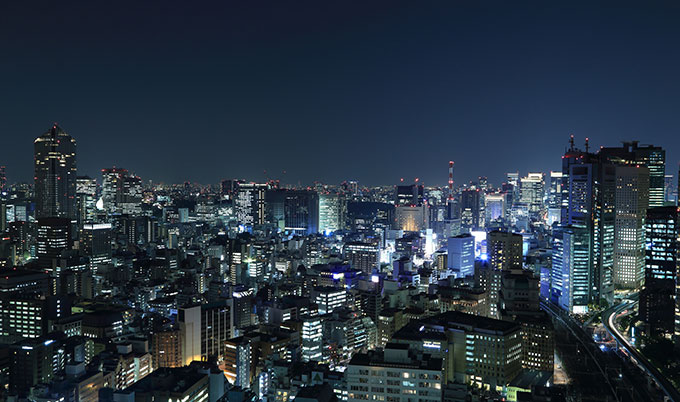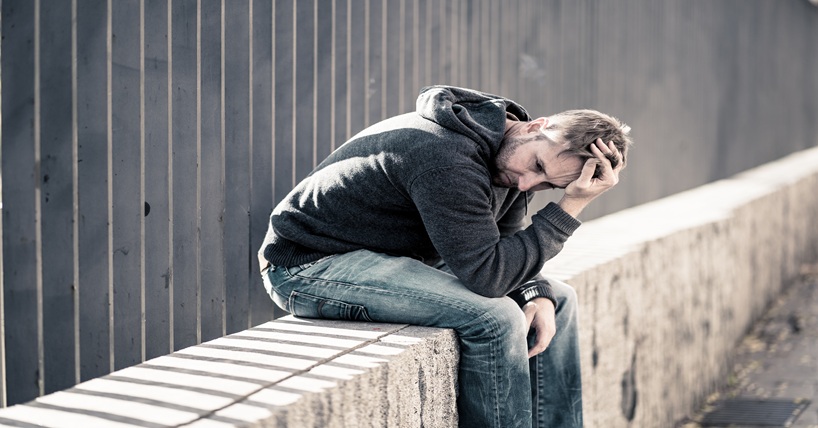Cities at night
The battle between night and day
Published on: 11 June 2018
The growth of cities and technology is ‘fragmenting’ the border between night and day with implications for our health, the environment and society, argues a Newcastle University academic.
The city at night
In his new book, ’The Nocturnal City’, Dr Rob Shaw claims that as cities have spread and grown, daytime society has expanded into the night and says that this shift has happened in both time and space.
One way in which the partition between day and night is being broken down can be seen in the proliferation of street lighting, argues Dr Shaw, as more of our cities and buildings are illuminated at night and also as cities have spread to cover a larger geographical area.
This increase in light pollution is already known to affect the natural world – for example, by disrupting the natural behaviour of nocturnal species – but it also has an impact on our relationship with it, as more of us struggle to see any stars at night from an urban area, suggests Dr Shaw.
Light pollution also extends to the home too, as increased use of screens in the home alters our sleep patterns and changes our use of the home at night.
Dr Shaw, a lecturer in urban and social geography at Newcastle University, also discusses how many of the activities that occur at night help to ‘reset’ the city for the daytime such as cleaning, maintenance, and re-stocking. This is what he calls the city’s ‘nocturnal urban metabolism’ - just as the body uses the night as ‘down time’ so does the city.
Although the modern city often operates around the clock, this activity is less intense than during the day says Dr Shaw.
“Despite the growth of the 24/7 society, the city at night remains very different to that of the day,” he explains. “As day has expanded, it’s not so much that night has vanished, it’s just a different sort of night. Call centres that operate through the night handling calls from different time zones, pubs that open for breakfast, night time markets are all examples of how the boundary between night and day is blurring.”

A different way to look at cities
In the book, which is available now, Dr Shaw also looks at some examples of night-life around the world, and how it is dominated by the entertainment and food and drink industries. This can change how we experience the city, he suggests, as some urban spaces that are safe by day can become threatening while areas that are dull and quiet might be lively and vibrant at night.
“The night offers a different way to look at some of the issues around urbanisation and globalisation,” Dr Shaw adds. “The fact that there is activity in the city throughout the night is one of the key features that distinguishes urban and rural living. Increased activity at night is seen across the globe and is evidence for how urban life has globalised.”
’The Nocturnal City’ by Dr Rob Shaw is published by Routledge and is available here.



